Ronghua Liu
Anomaly Discovery in Semantic Segmentation via Distillation Comparison Networks
Dec 18, 2021
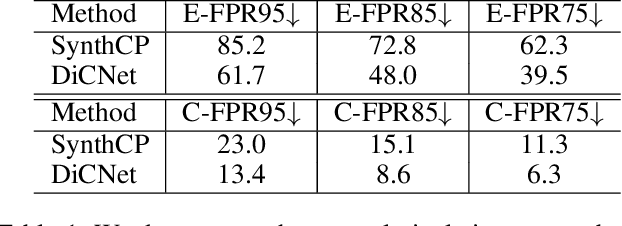
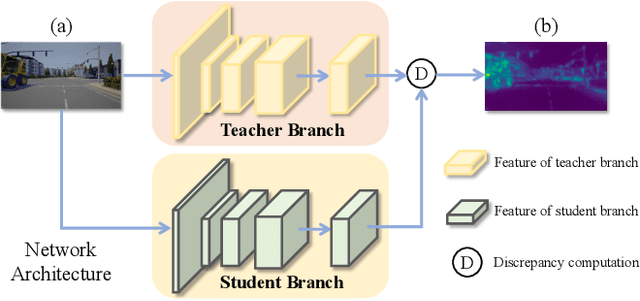

Abstract:This paper aims to address the problem of anomaly discovery in semantic segmentation. Our key observation is that semantic classification plays a critical role in existing approaches, while the incorrectly classified pixels are easily regarded as anomalies. Such a phenomenon frequently appears and is rarely discussed, which significantly reduces the performance of anomaly discovery. To this end, we propose a novel Distillation Comparison Network (DiCNet). It comprises of a teacher branch which is a semantic segmentation network that removed the semantic classification head, and a student branch that is distilled from the teacher branch through a distribution distillation. We show that the distillation guarantees the semantic features of the two branches hold consistency in the known classes, while reflect inconsistency in the unknown class. Therefore, we leverage the semantic feature discrepancy between the two branches to discover the anomalies. DiCNet abandons the semantic classification head in the inference process, and hence significantly alleviates the issue caused by incorrect semantic classification. Extensive experimental results on StreetHazards dataset and BDD-Anomaly dataset are conducted to verify the superior performance of DiCNet. In particular, DiCNet obtains a 6.3% improvement in AUPR and a 5.2% improvement in FPR95 on StreetHazards dataset, achieves a 4.2% improvement in AUPR and a 6.8% improvement in FPR95 on BDD-Anomaly dataset. Codes are available at https://github.com/zhouhuan-hust/DiCNet.
DV3+HED+: A DCNNs-based Framework to Monitor Temporary Works and ESAs in Railway Construction Project Using VHR Satellite Images
Aug 29, 2019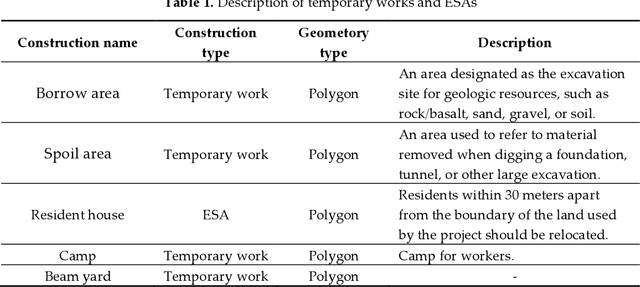
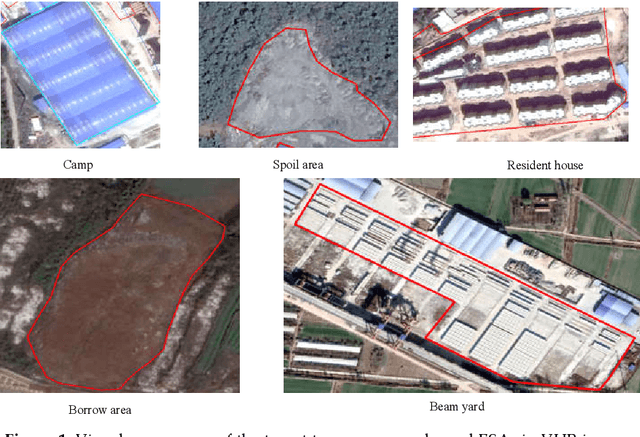
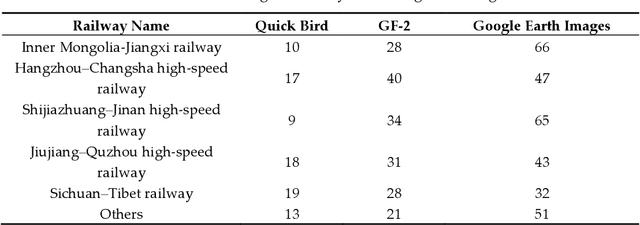

Abstract:Current VHR(Very High Resolution) satellite images enable the detailed monitoring of the earth and can capture the ongoing works of railway construction. In this paper, we present an integrated framework applied to monitoring the railway construction in China, using QuickBird, GF-2 and Google Earth VHR satellite images. We also construct a novel DCNNs-based (Deep Convolutional Neural Networks) semantic segmentation network to label the temporary works such as borrow & spoil area, camp, beam yard and ESAs(Environmental Sensitive Areas) such as resident houses throughout the whole railway construction project using VHR satellite images. In addition, we employ HED edge detection sub-network to refine the boundary details and attention cross entropy loss function to fit the sample class disequilibrium problem. Our semantic segmentation network is trained on 572 VHR true color images, and tested on the 15 QuickBird true color images along Ruichang-Jiujiang railway during 2015-2017. The experiment results show that compared with the existing state-of-the-art approach, our approach has obvious improvements with an overall accuracy of more than 80%.
 Add to Chrome
Add to Chrome Add to Firefox
Add to Firefox Add to Edge
Add to Edge